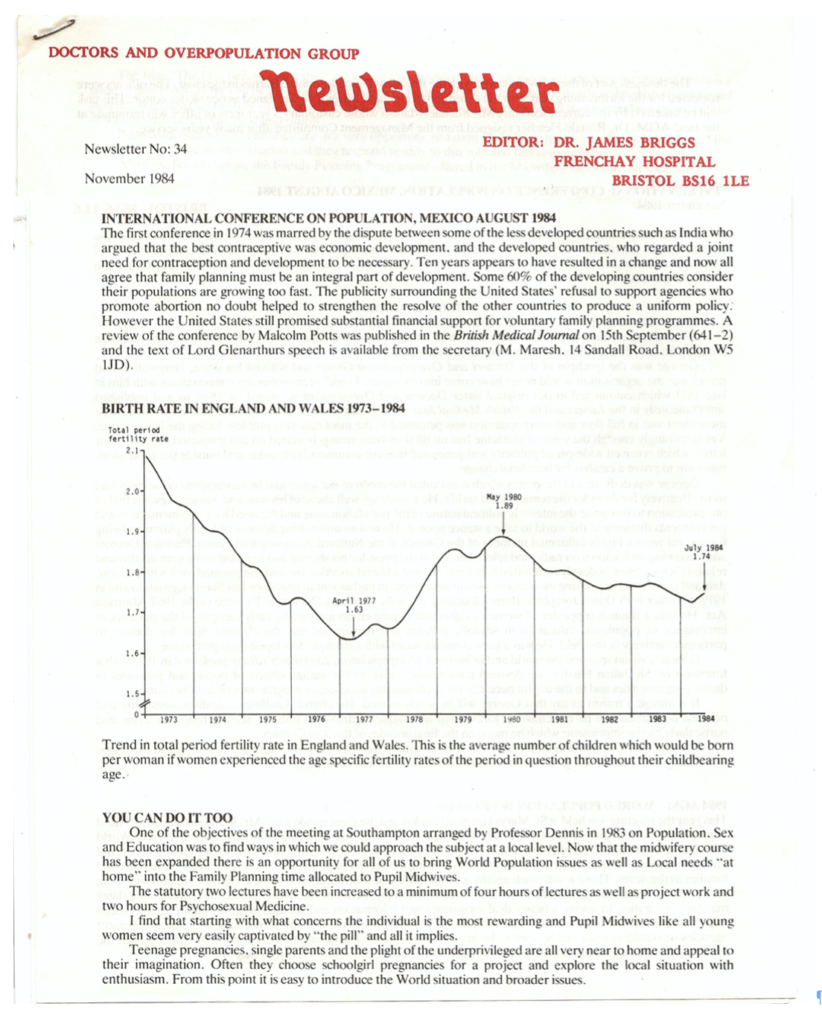
Our lives begin to end the day we become silent about things that matter. Martin Luther King, Jr.
In the past year, many organizations have affirmed their beliefs against racism. An example from my life will help illustrate my beliefs.
Anthropologists teach us that hunter-gatherers tended to group into small bands. Individuals in a band were usually homogenous in appearance, language and customs. When one band of people encountered another band, they recognized their differences and were likely to be wary. In some cases, an encounter would result in violence.
Distrust or fear of different ethnicities is understandable; some might even claim that it is built into our species’ DNA. However, that sort of discrimination is no longer tenable in today’s globalized world. We are surrounded by people of different skin colors, speaking different languages and with different cultures. We can either try to maintain separatism or dive in and enjoy the wonderful variety that is around us.
I grew up with contacts with other cultures; my father had friends in many countries. As a kid I used to stay up at night searching for foreign stations on my shortwave radio. It was exciting to receive stations in other countries, although I couldn’t understand what was being said much of the time. When I was 9, our family was fortunate to travel in Europe where my father spoke at meetings. Two years later we all went to Latin America. Although not a linguist, I have studied French and Spanish and a little German in school. When hitch-hiking in Europe during college, I learned that speaking even a little of the local language helps communication.
Little did I know how valuable studying Spanish would be! Many people from Latin America live in the Durango area. Often the husbands join the workforce and the wives stay at home, so often women don’t learn much English. However, they seek prenatal care when pregnant and give birth in the hospital. For years the most constant translation services were school kids who came with their mothers. In the hospital sometimes we called on the bilingual cleaners for help.
Maria had a Cesarean in Mexico for the birth of her first child. We couldn’t get her medical records so we had no idea of the direction of the incision in her uterus. This is important, because a vertical scar is weak and can tear apart during labor, while a transverse incision is much stronger and unlikely to tear apart. Should the uterus rupture, the mother would probably hemorrhage and the baby might die–pretty terrifying! As a consequence, Maria was scheduled for a repeat Cesarean.
The morning Maria arrived at the hospital for her repeat Cesarean, she was in labor. In fact, her cervix was already dilated 6 centimeters! I sat next to her and explained, in Spanish, the risks and advantages of a vaginal birth. Between contractions she asked some questions, then said “quiero dar luz naturalmente.” Both she and the baby did well, and they went home the next day. I was happy that I could communicate with her directly in Spanish.
My goal as a physician has always been to treat all folks equally, with respect and the best care I’m capable of. That goes for people of different cultures, colors and tongues. It goes for people regardless of their academic achievement.
Eugenicists have theorized that our species’ average intelligence would decrease because (in general) people of lower socioeconomic class don’t do as well on intelligence tests, but they tend to have more children. If eugenicists were correct, the average IQ of our species would decline. However, this has not proven to be the case: average intelligence test scores of all groups have actually increased over the past decades, both globally and in the USA. This is called the Flynn Effect, and helps defeat the argument of elitist eugenicists.
At Black Lives Matter demonstrations, I listened to people retelling bad experiences in our community–how they had been targeted because of their skin color. Some were followed when shopping, others were ignored by clerks or treated rudely. Although this might be expected in a big city, I am saddened that this sort of offensive behavior would happen in our community.
My belief is that all people should be treated with respect. Although I have not always succeeded in living up to this goal, I feel it is important that this aspiration be an integral part of all medical care, and especially in family planning programs.
